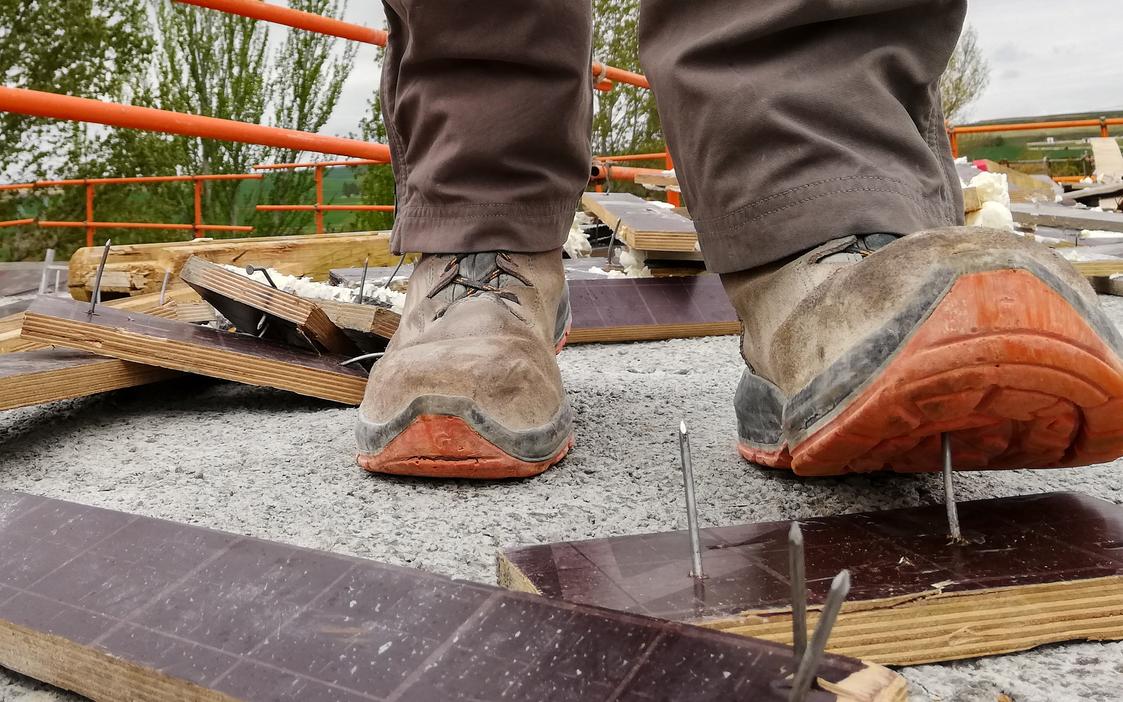The lines of liability may not follow construction contract relationships, and a general contractor (GC) can be held liable for the safety and health violations of subcontractors on the worksite. While the Occupational Safety and Health Review Commission has found a GC’s lack of knowledge of the alleged violations justified vacating citations against the GC, the Occupational Safety and Health Administration (OSHA) continues to cite GCs in these situations.
Multi-Employer Policy
Under OSHA’s multi-employer policy (CPL 2-0.124), more than one employer can be cited for the same hazardous conditions at a worksite under the Occupational Safety and Health Act of 1970 (OSH Act), regardless of which entity created the hazard and whose employees were exposed to the hazard.
While OSHA’s multi-employer policy applies to employers in all industries, OSHA most often enforces it in construction against the GC. Under this policy, OSHA may cite a GC as a “controlling employer.” The controlling employer has general supervisory authority over the worksite, including the power to correct safety and health violations itself or require others to correct them. The controlling employer has a duty to exercise reasonable care, which may include more frequent inspections if the other employer has a history of non-compliance. The policy requires less diligence from the controlling employer than the exposing employer (one whose own employees are exposed to the hazard); yet, OSHA readily cites GCs for their subcontractors’ safety infractions. To make matters worse, this often occurs even after the GC goes to great lengths to oversee its subcontractors’ safety practices on the worksite.
Reasonable care refers to the extent to which a controlling employer is expected to take measures to prevent or detect violative conditions on a worksite. This inquiry requires assessing the nature, location, and duration of the violative conditions, as well as objective factors relating to the controlling employer’s role at the worksite and its relationship with other onsite employers. Thus, a GC or other higher-tiered subcontractor may be held responsible for the violations of lower-tiered subcontractors if it could reasonably be expected to prevent, detect, or abate the violations. If a controlling employer has actual knowledge of a subcontractor’s violation, the controlling employer has a duty to take reasonable measures to obtain abatement of that violation. That said, a controlling employer’s duty to exercise reasonable care is less than what is required of an employer in protecting its own employees, given a GC’s secondary safety role at a worksite. This means that OSHA has more of a challenge in proving a GC’s knowledge of the alleged violations and a duty to have done something about it.
Commission Decisions
The Occupational Safety and Health Review Commission has vacated citations issued to GCs for their subcontractors’ violations where the GCs lacked knowledge of the alleged violations given their roles at the worksites: Secretary of Labor v. Summit Contracting Group, Inc., OSHRC No. 18-1451 (May 10, 2022); Secretary of Labor v. StormForce of Jacksonville, LLC, OSHRC No. 19-0593 (Mar. 8, 2021); Secretary of Labor v. Suncor Energy (U.S.A.) Inc., OSHRC No. 13-0900 (Feb. 1, 2019). Notwithstanding these decisions favorable to employers, OSHA continues to cite GCs for alleged violations of their subcontractors to erode these decisions.
Most recently, in Secretary of Labor v. Fama Construction, LLC, OSHRC No. 19-1467 (Mar. 29, 2023), a GC appealed an unfavorable decision finding it liable for its subcontractor’s violations to the U.S. Court of Appeals for the Eleventh Circuit. The GC is arguing the judge erred in finding that it failed to satisfy its secondary safety role at the worksite by halting worksite safety inspections, among other arguments. The GC might have stopped that practice to rid itself of liability for subcontractor violations. A decision from the Eleventh Circuit is expected in 2024.
Implications
How far a GC must go in exercising responsibility over the safety of its subcontractors to show reasonable diligence while avoiding liability under the OSH Act is a balancing act. Because OSHA will continue to cite GCs of multi-employer worksites for their subcontractors’ violations, GCs must document site safety audits and corrective actions taken with subcontractors over safety issues if they ultimately want to challenge the agency’s findings.
If you need assistance in defending an OSHA inspection or challenging citations, contact Workplace Safety and Health Practice Group.
© Jackson Lewis P.C. This material is provided for informational purposes only. It is not intended to constitute legal advice nor does it create a client-lawyer relationship between Jackson Lewis and any recipient. Recipients should consult with counsel before taking any actions based on the information contained within this material. This material may be considered attorney advertising in some jurisdictions. Prior results do not guarantee a similar outcome.
Focused on labor and employment law since 1958, Jackson Lewis P.C.'s 950+ attorneys located in major cities nationwide consistently identify and respond to new ways workplace law intersects business. We help employers develop proactive strategies, strong policies and business-oriented solutions to cultivate high-functioning workforces that are engaged, stable and diverse, and share our clients' goals to emphasize inclusivity and respect for the contribution of every employee. For more information, visit https://www.jacksonlewis.com.



